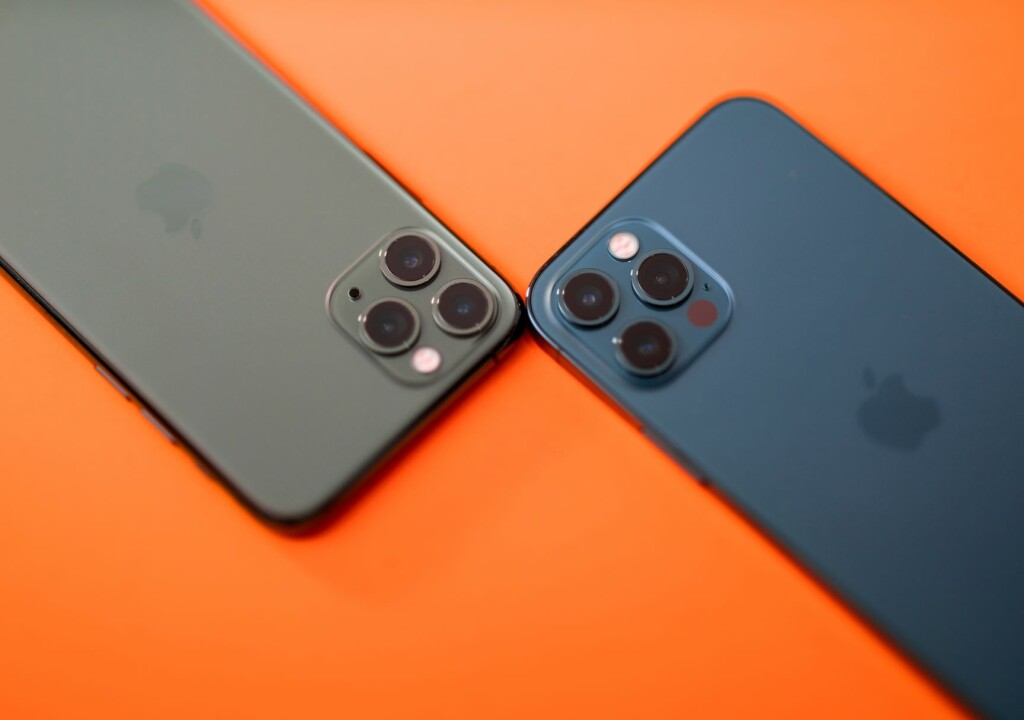Back in 2020, Apple announced the newest features which would be included within their iPhone 12 Pro, with one of the most notable being the introduction of lidar into the product. While that particularly news didn’t catch the eyes of everyone, as lidar was – and still is – at least somewhat niche, the addition improved some other features that the average user may not even recognize, like improving portraits and other photographs taken with the device. That said, for the most part it’s been a largely ignored feature of the phone without major apps designed to utilize the technology.
Now, for the first time since that 2020 announcement, we’re seeing potential signs that Apple could be refocusing its lidar sensor, called the LiDAR Scanner, and its capabilities. Nothing is official right now, but anything relating to iPhones involves plenty of leaks, and a recent one revolves around these lidar sensors. Barclays analysts Blayne Curtis, and Tom O’Malley, per MacRumors, have said that the iPhone 15 Pro and Pro Max could include improved lidar, with Sony taking over as the designer and manufacturer of the new Scanner components, replacing former models designed by Lumentum and manufactured by WIN.
Given that these are all still just rumors, there are a lot of specifics and plans are still unknown, and will likely remain so until Apple themselves makes these changes official. That said, according to Apple analyst Ming-Chi Kuo, cited in the MacRumors article linked above, the new lidar will be more power efficient than previous models. In other words, the lidar should offer improved performance while using the same amount of battery, or use less power while with static performance.
While we’re waiting for more specifics, though, I do think this is pointing in an important direction for those in the realm of advanced visualization, particularly with respect to augmented and virtual reality (AR/VR). In addition to anything to do with their newest iPhones, one of the most anticipated announcements people are expecting from Apple is around their rumored mixed reality headset. All indications are that the company is going to push further into AR and VR, seeing it as the future of consumer electronics. This new lidar should help them maximize the value in a couple of different ways.
For one thing, the Scanner itself should provide more realistic and immersive AR capabilities, whether in the future headset itself or through integrations between that product and these upcoming iPhones. Apple has already seen how popular AR products can be if done well with the explosion of Pokemon Go a half-decade ago, and while there hasn’t been a great follow-up, it could be that the company thinks better technology has held developers back.
And along those lines, it will be very interesting to see if this new lidar is accompanied, either this year or perhaps a year or two down the line, with an increased focus within Apple’s app store for 3D modeling and AR-focused applications. We’ve yet to see real growth in this space beyond some consumer and real estate applications, but a more powerful sensor should open up more of those doors.
Generally speaking, any improvement to the lidar sensors on iPhones will have most of their value provided to the consumer market, but professional users can take note, too. For one thing, having a more powerful sensor means it’s more likely some scanning jobs can be done by more people with a device already in their pocket. Granted, most projects will require something more powerful than what can be found on a phone, even a revamped sensor like this rumor points to, but there are use cases where this will be good enough.
More importantly, for designers and other project stakeholders who are interested in utilizing mixed reality more in their workflow but are waiting for wider adoption to lower the barrier to entry, this is the kind of trend you want to see. There are plenty of companies who are designing products for enterprise clients, but sometimes industries need a push from the consumer side. There is plenty more to develop in this story, but if these rumors are true and we’re correct to infer this points to a greater emphasis on mixed reality from Apple, both the consumer and enterprise sides of advanced visualization could see real benefit






